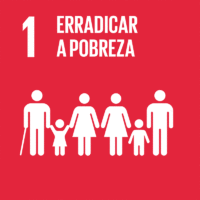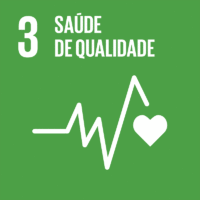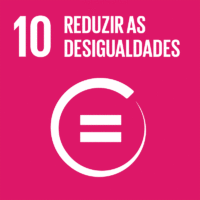Ciência_Iscte
Publicações
Descrição Detalhada da Publicação
Dominance of sterilization and alternative choices of contraception in India: an appraisal of the socioeconomic impact
Título Revista
PLoS One
Ano (publicação definitiva)
2014
Língua
Inglês
País
Estados Unidos da América
Mais Informação
Web of Science®
Scopus
Google Scholar
Abstract/Resumo
Background: The recent decline in fertility in India has been unprecedented especially in southern India, where fertility is almost exclusively controlled by means of permanent contraceptive methods, mainly female sterilization, which constitutes about two-thirds of overall contraceptive use. Many Indian women undergo sterilization at relatively young ages as a consequence of early marriage and childbearing in short birth intervals. This research aims to investigate the socioeconomic factors determining the choices for alternative contraceptive choices against the dominant preference for sterilization among married women in India. Methods: Data for this study are drawn from the 2005-06 National Family Health Surveys focusing on a sample of married women who reported having used a method of contraception in the five years preceding the survey. A multilevel multinomial logit regression is used to estimate the impact of socioeconomic factors on contraceptive choices, differentiating temporary modern or traditional methods versus sterilization. Findings: Religious affiliation, women's education and occupation had overarching influence on method choices amongst recent users. Muslim women were at higher odds of choosing a traditional or modern temporary method than sterilization. Higher level of women's education increased the odds of modern temporary method choices but the education effect on traditional method choices was only marginally significant. Recent users belonging to wealthier households had higher odds of choosing modern methods over sterilization. Exposure to family planning messages through radio had a positive effect on modern and traditional method choices. Community variations in method choices were highly significant. Conclusion: The persistent dominance of sterilization in the Indian family planning programme is largely determined by socioeconomic conditions. Reproductive health programmes should address the socioeconomic barriers and consider multiple cost-effective strategies such as mass media to promote awareness of modern temporary methods.
Agradecimentos/Acknowledgements
--
Palavras-chave
Classificação Fields of Science and Technology
- Outras Ciências Naturais - Ciências Naturais
Registos de financiamentos
| Referência de financiamento | Entidade Financiadora |
|---|---|
| PTDC/CS-DEM/108033/2008 | Fundação para a Ciência e a Tecnologia |
| PEst-OE/SADG/UI3126/2013 | Fundação para a Ciência e a Tecnologia |
Contribuições para os Objetivos do Desenvolvimento Sustentável das Nações Unidas
Com o objetivo de aumentar a investigação direcionada para o cumprimento dos Objetivos do Desenvolvimento Sustentável para 2030 das Nações Unidas, é disponibilizada no Ciência_Iscte a possibilidade de associação, quando aplicável, dos artigos científicos aos Objetivos do Desenvolvimento Sustentável. Estes são os Objetivos do Desenvolvimento Sustentável identificados pelo(s) autor(es) para esta publicação. Para uma informação detalhada dos Objetivos do Desenvolvimento Sustentável, clique aqui.

 English
English




